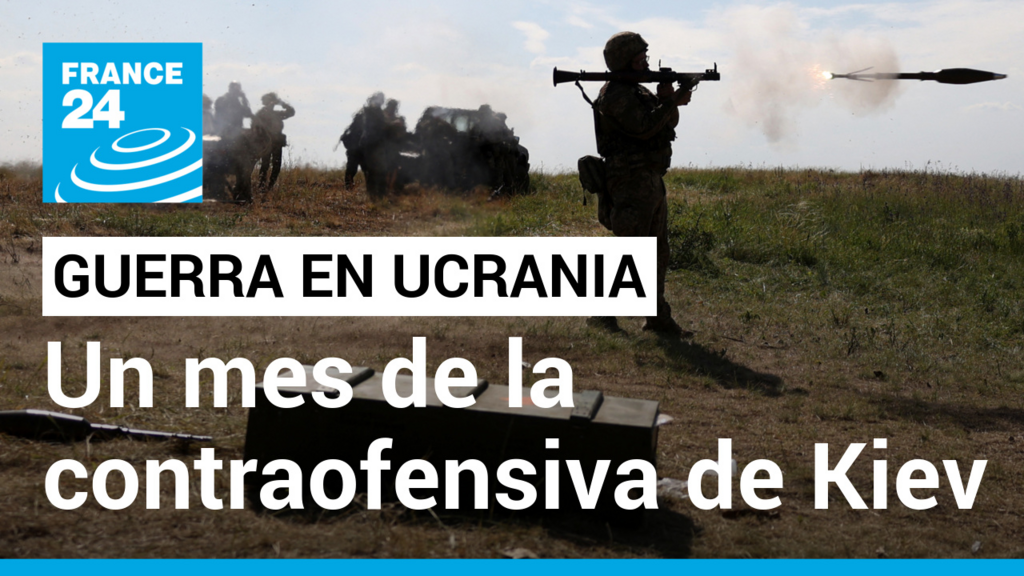First modification:
The military operations associated with the Ukrainian counteroffensive began a month ago, but their success has not been as expected. The president of Ukraine, Volodímir Zelenski, himself affirmed that the counterattack was not going as fast as desired. However, the fighting has been strong and there are some Ukrainian territorial advances, especially in the Donetsk and Zaporizhia region.
In this edition of El Debate we address how much Ukraine has gained in its counteroffensive. kyiv points to symbolic targets such as the city of Mariupol, one of the hardest hit at the beginning of the invasion.
The most recent front is that of Kherson, where the explosion of the Nova Kahovka dam has allowed some Ukrainian troops to cross the Dnieper River and seek to consolidate a bridgehead on the east side of the river. While the most fortified front is in Zaporizhia where the largest nuclear power plant in Europe is located.
Given the slowness of the Ukrainian counteroffensive, Zelenski maintains that he has not yet deployed all his forces or all the weapons that the West has sent him. On the other hand, it is difficult to advance on the ground because Russia dominates the air with combat aircraft and has fortifications that are difficult to breach.
Finally, the recent mutiny of the Wagner paramilitary group could influence the Ukrainian counteroffensive because many areas under Russian control, such as Bakhmut, were commanded by mercenaries. What is the future of the counteroffensive? How does Western support for kyiv and political instability in Russia influence the advance of Ukrainian troops? We discuss it with our guests:
– Enrique Prieto-Ríos, professor of international law at the Universidad del Rosario in Colombia.
– Miguel Medina, doctor in international relations from the University of Cambridge.











